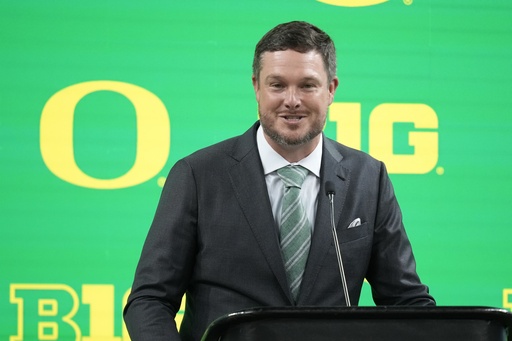
Ra’Shaad Samples, now the running backs coach at No. 3 Oregon, started as a student-assistant at Houston. He has since amassed coaching experience at various levels, including the NFL, learning the importance of adapting in a constantly evolving college football landscape.
As the dynamics of college football change with player compensation and increased transfers, coaches like Samples are embracing the need for fluidity and innovation to stay competitive. The younger generation of coaches, mentored by successful head coaches like Sean McVay and Dan Lanning, understand the significance of being trendsetters rather than followers.
With the advent of NIL rules allowing athletes to monetize their image, college football now involves a business relationship between players and coaches. Despite the influx of money, the decision-making process for players often remains rooted in personal factors beyond financial gain. Relationships and trust are still crucial in recruiting and retaining players.
The transition towards NFL-style personnel management in college football programs is evident, with the potential future integration of general managers and salary cap management. Coaches are likely to adopt a CEO model to oversee various aspects of the program, focusing not only on on-field strategies but also on player development and organizational systems.
As college football shifts towards a more professionalized structure, the role of a head coach extends beyond traditional coaching duties to encompass broader program management. Coaches emphasize the importance of anticipating trends and continuously evolving to meet the challenges of an ever-changing landscape in collegiate sports.
